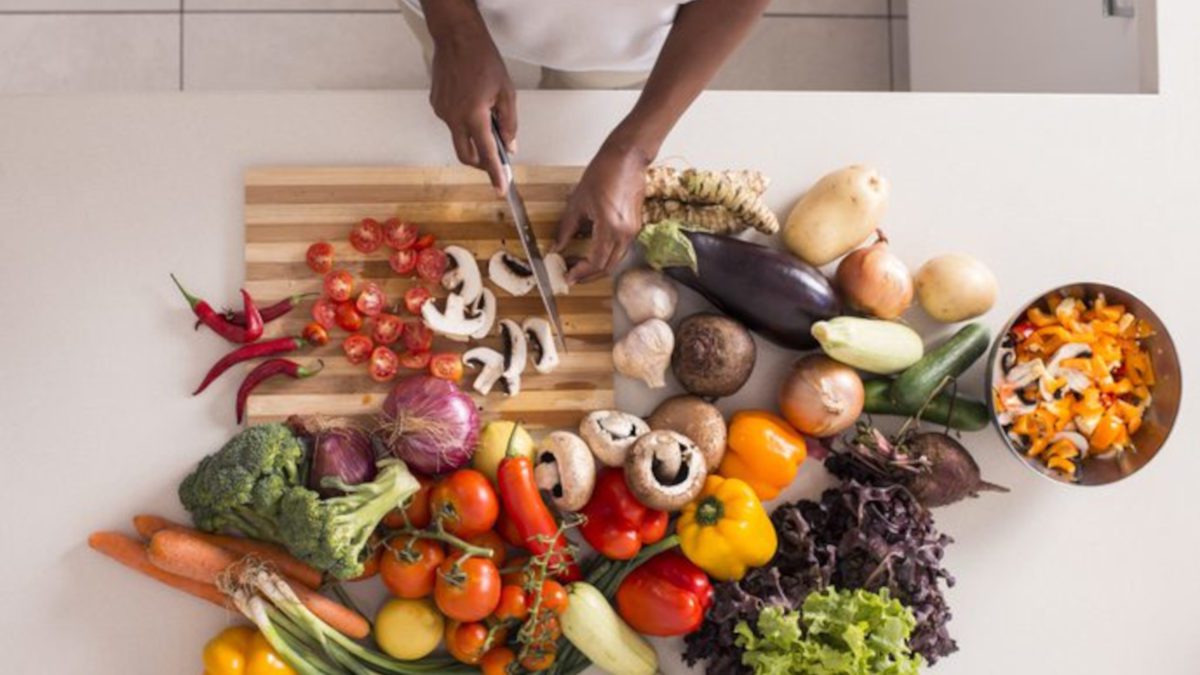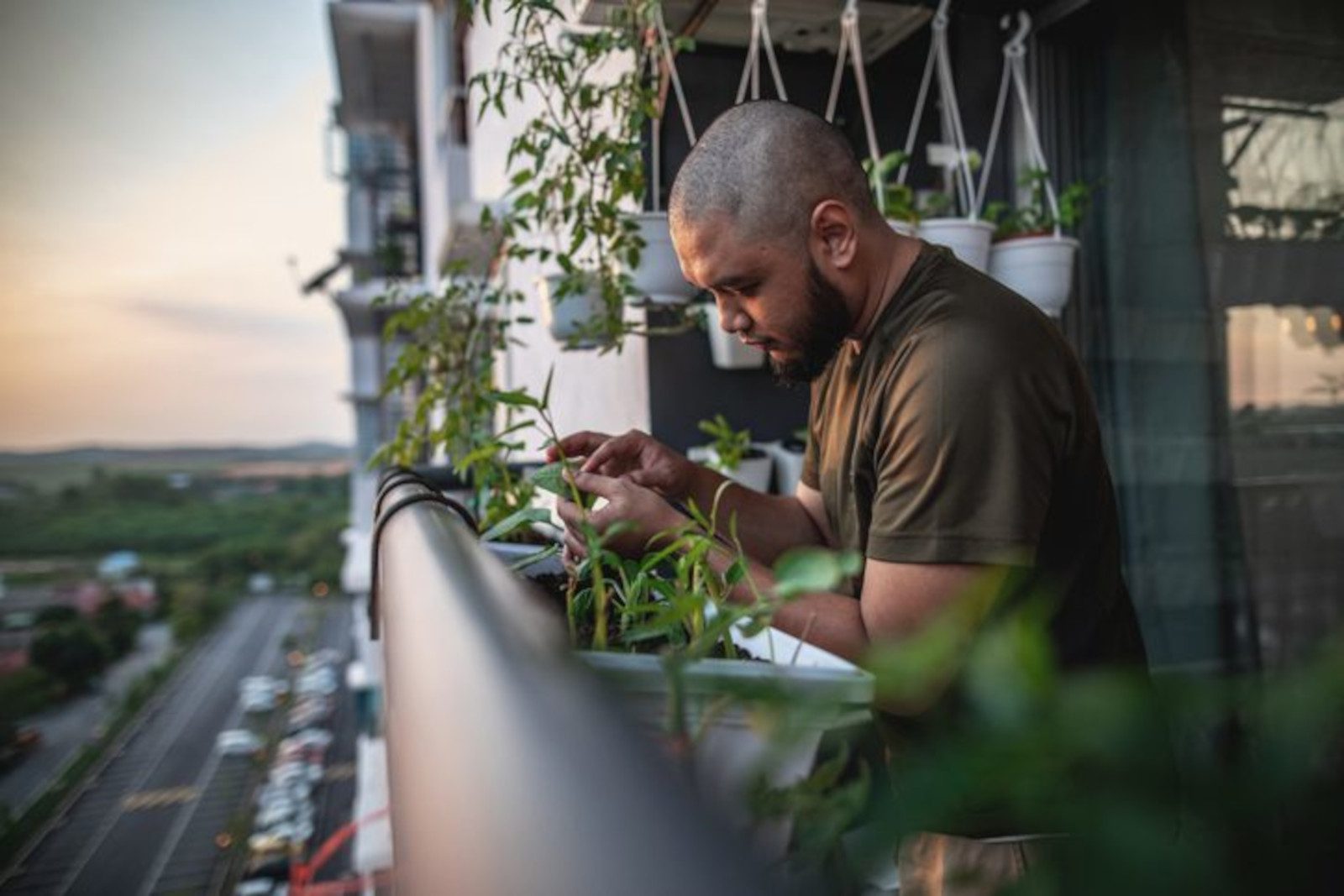Fuel your rides with your own garden vegetables
Even a small plot or container garden will yield bountiful fresh vegetables in summer
 Photo by:
Getty Images
Photo by:
Getty Images
This is the time of year when many Canadians plant vegetable gardens. Studies have linked gardening to a variety of surprising health benefits, including decreased risk of dementia and depression. By planting a garden, you can enjoy the health benefits of gardening, and in addition, have inexpensive, convenient fresh vegetables, which are an essential part of any cyclist’s healthy diet. Remember: growing vegetables, like training, takes a bit of patience and commitment, but just like in racing, it pays big dividends in the end. Here’s how to get started.
Sunlight
Most vegetables need six to eight hours of sunlight each day. If you’re in an apartment building, an east-facing balcony that gets full sun early in the morning until mid-afternoon should be fine for most vegetables. Most leaf vegetables may need less sunlight.
In a backyard or larger green space, any open area that isn’t too shaded by nearby trees or buildings will work. Roots are a problem for vegetables like carrots and potatoes, so try to plant these at least three metres away from any trees.
How much space do you need?
Start small. A large garden can be a surprisingly hefty commitment, and you’d be surprised how much food even a small space can yield.

If you have a space in the backyard, a few square metres can be plenty of room to get started. Fence it off to keep the bunnies away. If you’re growing on your apartment balcony, you can hang planters and buy nice pots, but plastic pails with holes drilled in the bottom for drainage also work.
What to grow
Salad greens or leaf vegetables are simple to grow, and with a bit of care will produce more than you can use. Choose from spinach, collard greens, Swiss chard, various varieties of lettuce and kale.
They grow quickly and can be sowed multiple times over the course of a season to keep fresh greens in your kitchen all summer and late into the fall.

Carrots, along with tomatoes, need lots of sunlight. Plant them with seeds about two centimetres deep in loose soil, free of rocks.
Tomatoes also need plenty of sun and some sort of scaffolding to climb. Buy a few small tomato cages, or build something from scraps around your home. Tomatoes are rich in vitamin C, vitamin E and beta-carotene (which the body converts to vitamin A), they taste great with many other foods and an indeterminate variety will bear fruit all summer. You can plant tomatoes a few ways, but plenty of stores during the spring stock starter plants, which can save you the time of growing them from seeds.

